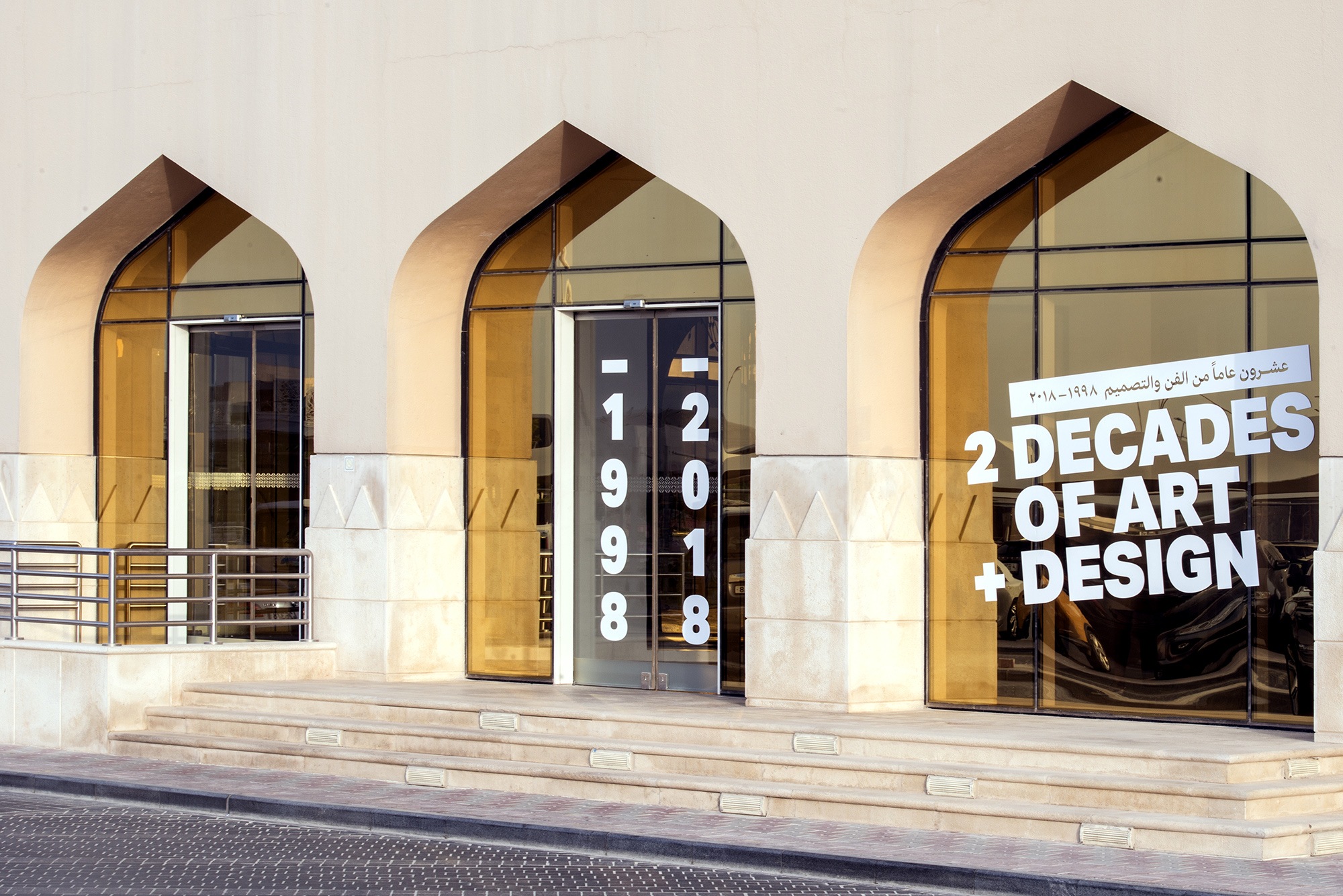- Academics
- Admissions & Enrollment Services
- Research
- Academic & Creative Spaces
- Strategic Partnerships
- Our Impact
- Student Affairs
- Campus & Community
VCUarts Qatar Uses Technology During Inclement Weather to Continue Uninterrupted Education
November 13, 2018
Categories

VCUarts Qatar successfully used several technological platforms to contend with an unexpected closure due to the recent unsettled weather
Doha was recently affected by inclement weather as some parts of the city experienced unusual amounts of rainfall in a relatively short period of time. A number of educational establishments closed temporarily in order to deal with the effects of the rainfall, and Virginia Commonwealth University School of the Arts in Qatar (VCUarts Qatar) was no different.


Despite the temporary disruption, VCUarts Qatar successfully managed to use the experience to its advantage by using several different technological platforms to allow classes to continue.
VCUarts Qatar’s faculty members collectively moved to remote teaching so as to ensure that its students did not face interruptions in their day-to-day learning. It seamlessly offered an instructional experience that was as close to what would have been experienced in the classroom.
The faculty responded to the challenge by employing creative ways that enhanced its students’ experience beyond the regular confines of a classroom. According to Patty Paine, interim associate dean for Academic Affairs, “The faculty used the building closure as an opportunity to do something innovative. These innovations ranged from using alternative materials and creating shared, online, collaborative writing spaces to participating in online peer feedback groups and relocating to stimulating off-site meeting places like the Fire Station and local museums.”
VCUarts Qatar faculty used several different approaches from e-classrooms and social messaging applications to online resources and video conferencing. Mohammad Suleiman and Hiathem A. El-Hammali, assistant professors of Interior Design, were able to keep contact and maintain instruction using Slack, a direct messaging platform similar to WhatsApp, and Google Drive for submissions. “We also utilized online resources the university is subscribed to such as lynda.com – we were able to cover topics remotely and assign exercises. Slack was used to disseminate readings, project briefs and for direct instruction,” the duo explained.
Similarly, in the Graphic Design department, they used zoom.us, an online video conferencing site, to set up four 30-minute, small group conversations in batches of six to seven students about an assignment in progress. Each student had the opportunity to share, on-screen, the current state of their assignment that consisted of the data collection and analysis of three research methods they had completed over the previous week.
The staff members either worked from home or called meetings at various convenient locations around Doha. “We had our final class of the week at the Doha Fire Station café. It did not resolve issues of running a studio class off campus, but it was a significant improvement over online sessions,” says Associate Professor in MFA Design Studies, Diane Derr. Dr. Holiday Powers conducted classes with students working together using ‘Blackboard’ for ongoing research assignments and allowed them to submit video presentations in lieu of original presentations. Since these classes engage with local museum and gallery resources, Dr. Powers was also able to move instruction the Museum of Islamic Art, a strategy employed by others in the Art History department as well. “This kind of on-site instruction is popular with students, is incorporated into most art history classes here and is a viable alternative to classroom instruction in the VCUarts Qatar building during emergencies such as the recent flooding,” she says.
“I liked having a whole new approach toward learning. I was able to move around, multi-task and create my own space – this really helped me focus on my work,” explained Ryan Basilio, a Fashion Design sophomore. Online classes also proved to be flexible by allowing the option for students to participate in audio-only or with video.
The MFA in Design students also responded very well to the changes in instruction and several members of faculty asserted their students produced better work, in larger volumes.
For the Liberal Arts and Science Program, the challenge was to get the students to participate in the discussion part of the class, and they successfully fixed this by explaining the different features of the software like waving, using the microphone and chatting. However, Maysaa Al-Mumin, assistant professor, Art Foundation, faced slightly more complex hindrances. “Part of our project required the use of the wood shop and an introduction to sound design,” she says. So, she decided the assignments for freshmen students would be to complete the research components of the project while providing links to the wood shop website to familiarize themselves with the names of tools, their use and safety policies. “The students were extremely active and posted approximately four times more work and research than they had done on previous projects,” Al-Mumin explained.
Reflecting on the overall situation and the ability to overcome, Executive Dean Donald Baker said, “We were surprised by the time it took to restore services and access to the campus after the recent deluge damaged our capacity to function. While waiting, our faculty members quickly restored relations with their students and continued the learning process by remote means. Fortunately, we had begun contingency preparation a couple of years ago and most of our faculty members have a space on the internet where they keep course materials. We want to learn from this experience and are organizing meetings to ensure that we reflect on our experience with a view to doing even better should nature bring us to a halt again sometime in the future.”

